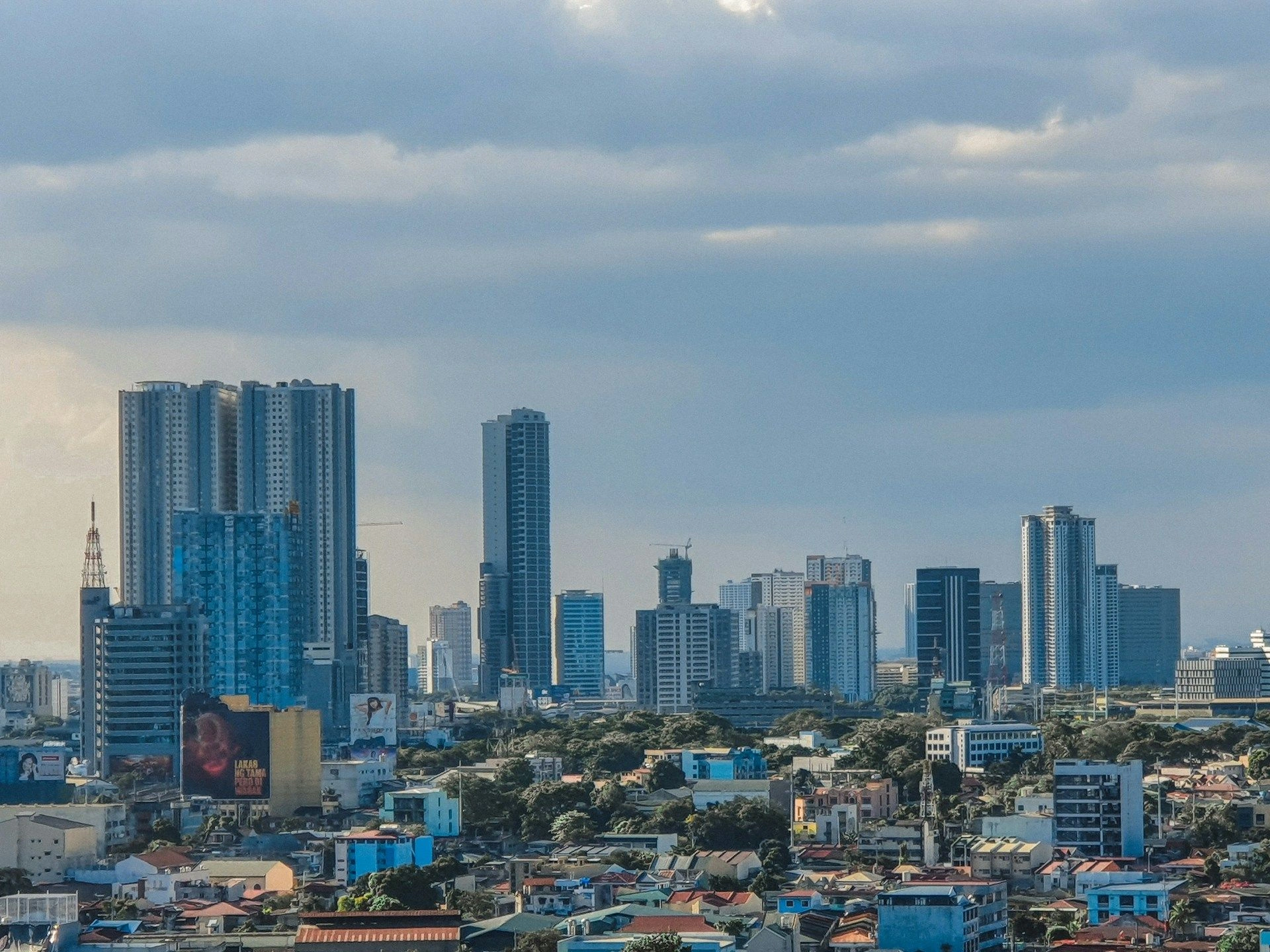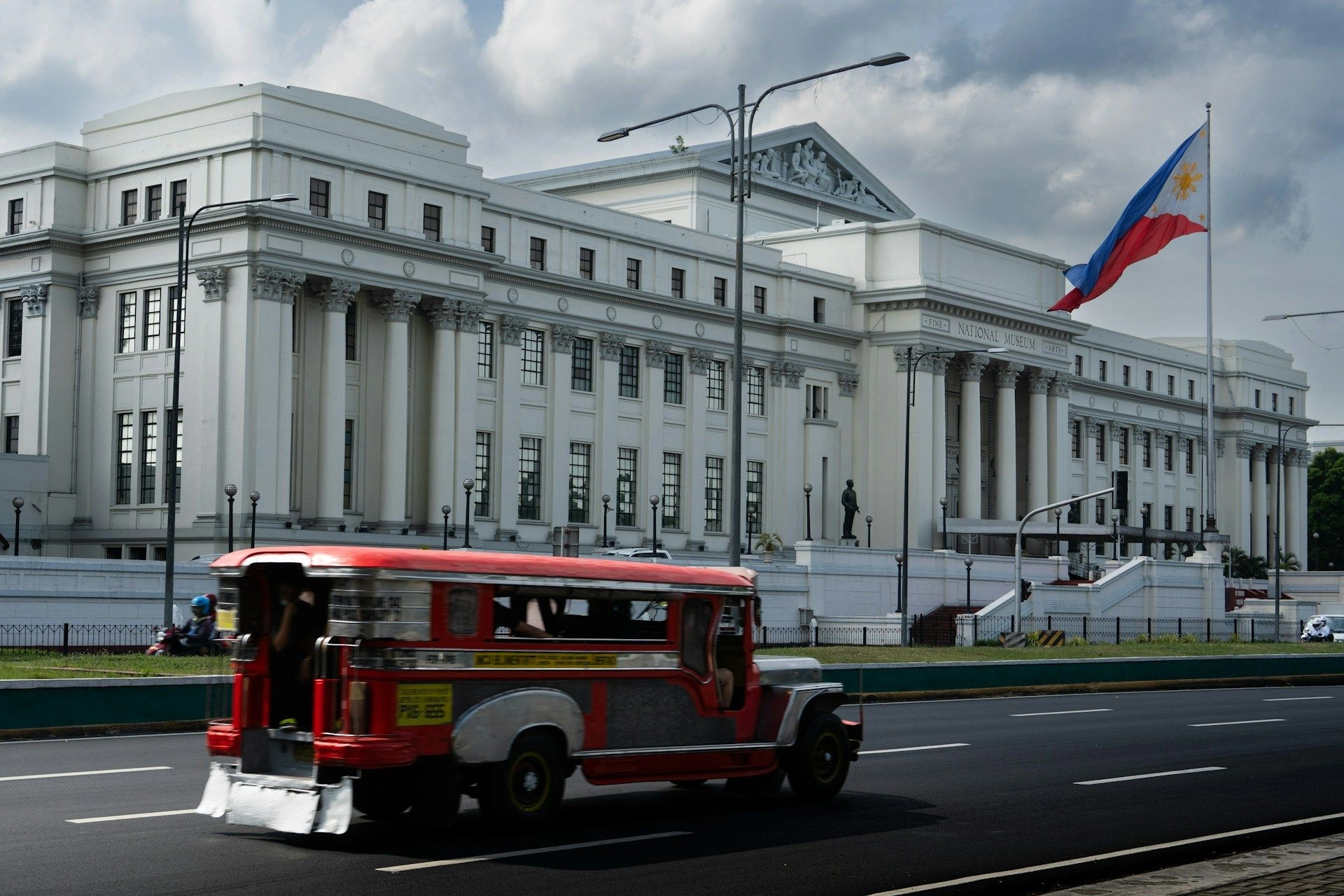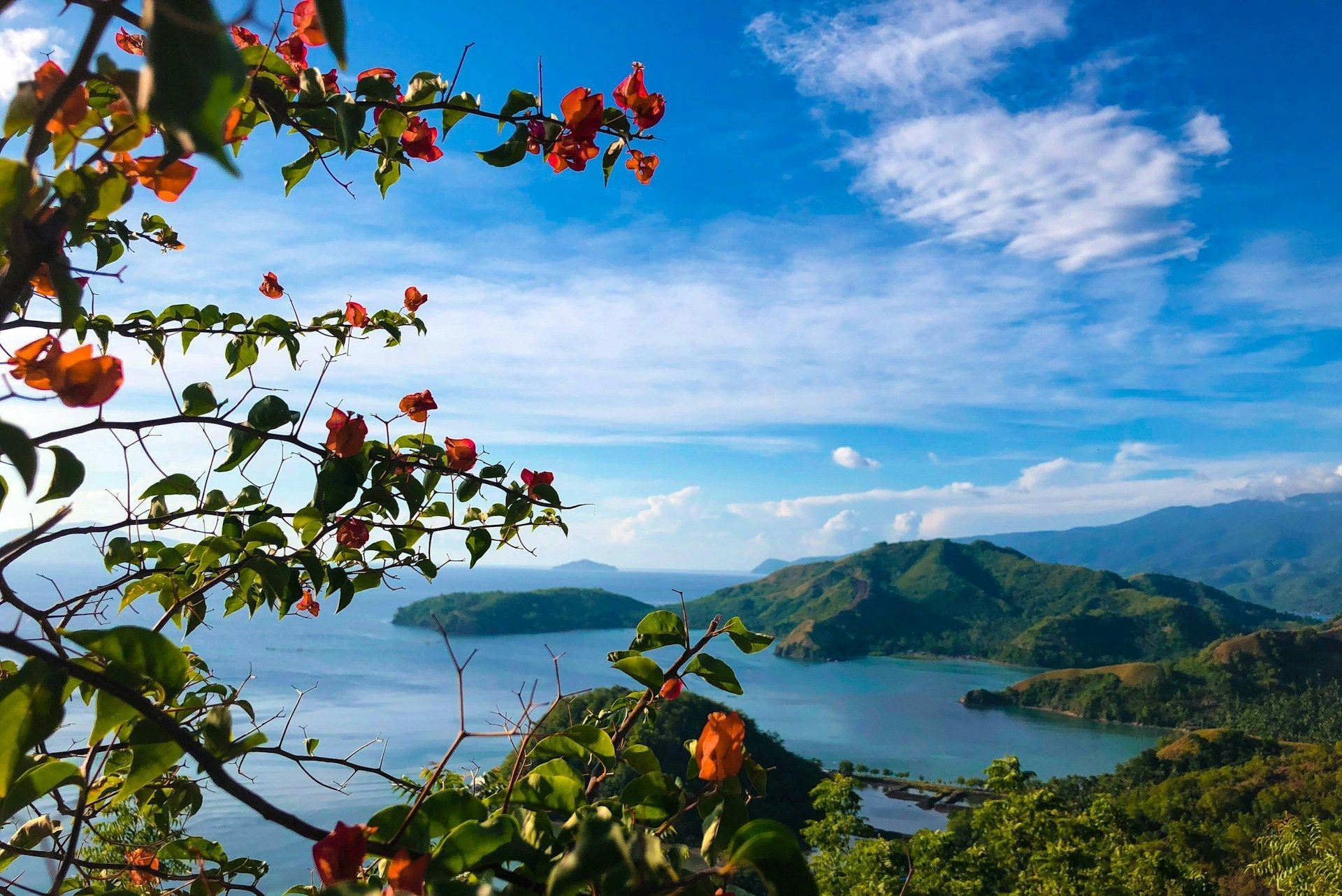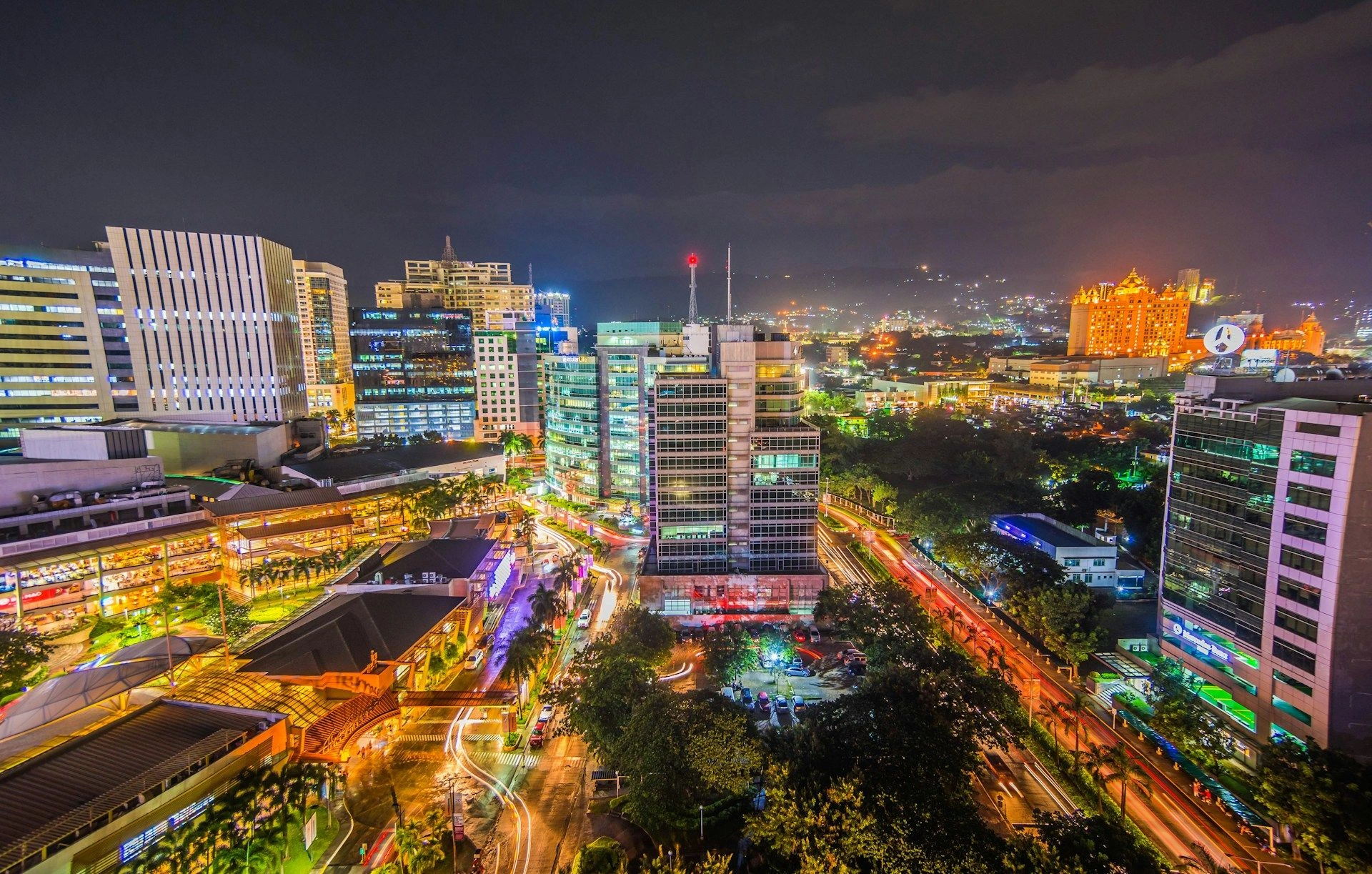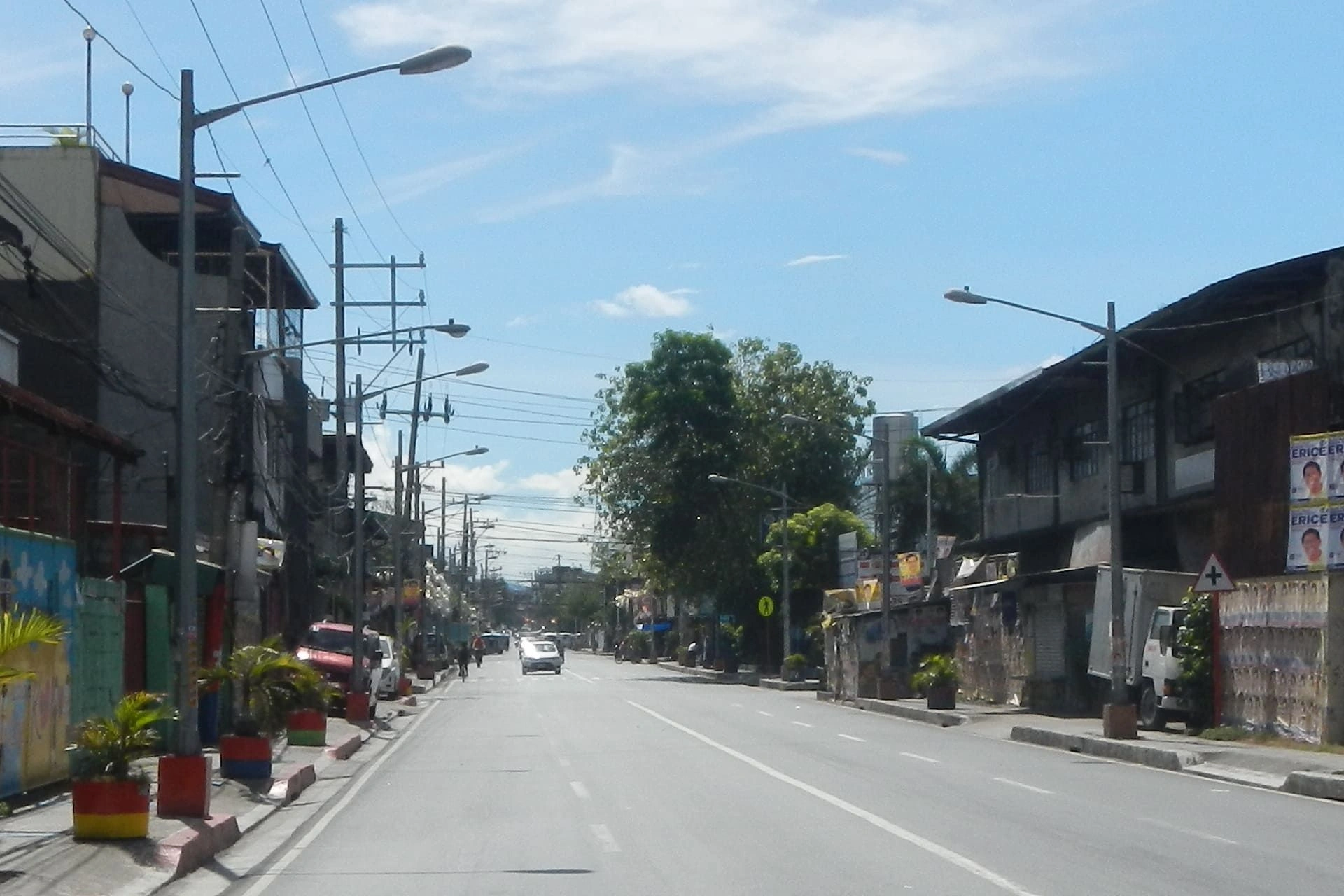Private Guided Tours Booking in PhilippinesIsland hopping, vibrant culturepristine beaches, adventure await

Advantages of traveling
to Philippines
Island Hopping Tours
Embark on multi-island excursions through Palawan’s Bacuit Archipelago, Coron’s limestone lagoons, and Visayas’ hidden atolls. Snorkel vibrant coral gardens, kayak into secret coves, and unwind on secluded beaches with expert local guides and seamless boat transfers.
Heritage & Culture Trails
Discover centuries-old Spanish colonial churches in Cebu, ancestral rice terraces in Ifugao, and tribal villages in Mindanao. Participate in local festivals—Ati-Atihan, MassKara—and meet craftsmen preserving weaving, pottery, and woodcarving traditions.
Wellness & Nature Retreats
Rejuvenate in volcanic hot springs on Bohol, hike Mount Pulag’s cloud-forest trails, explore Banaue’s mist-shrouded terraces, and practice yoga at sunrise on Siargao’s white-sand shores for holistic mind-body balance.
Island Hopping Tours
Embark on multi-island excursions through Palawan’s Bacuit Archipelago, Coron’s limestone lagoons, and Visayas’ hidden atolls. Snorkel vibrant coral gardens, kayak into secret coves, and unwind on secluded beaches with expert local guides and seamless boat transfers.
Heritage & Culture Trails
Discover centuries-old Spanish colonial churches in Cebu, ancestral rice terraces in Ifugao, and tribal villages in Mindanao. Participate in local festivals—Ati-Atihan, MassKara—and meet craftsmen preserving weaving, pottery, and woodcarving traditions.
Wellness & Nature Retreats
Rejuvenate in volcanic hot springs on Bohol, hike Mount Pulag’s cloud-forest trails, explore Banaue’s mist-shrouded terraces, and practice yoga at sunrise on Siargao’s white-sand shores for holistic mind-body balance.
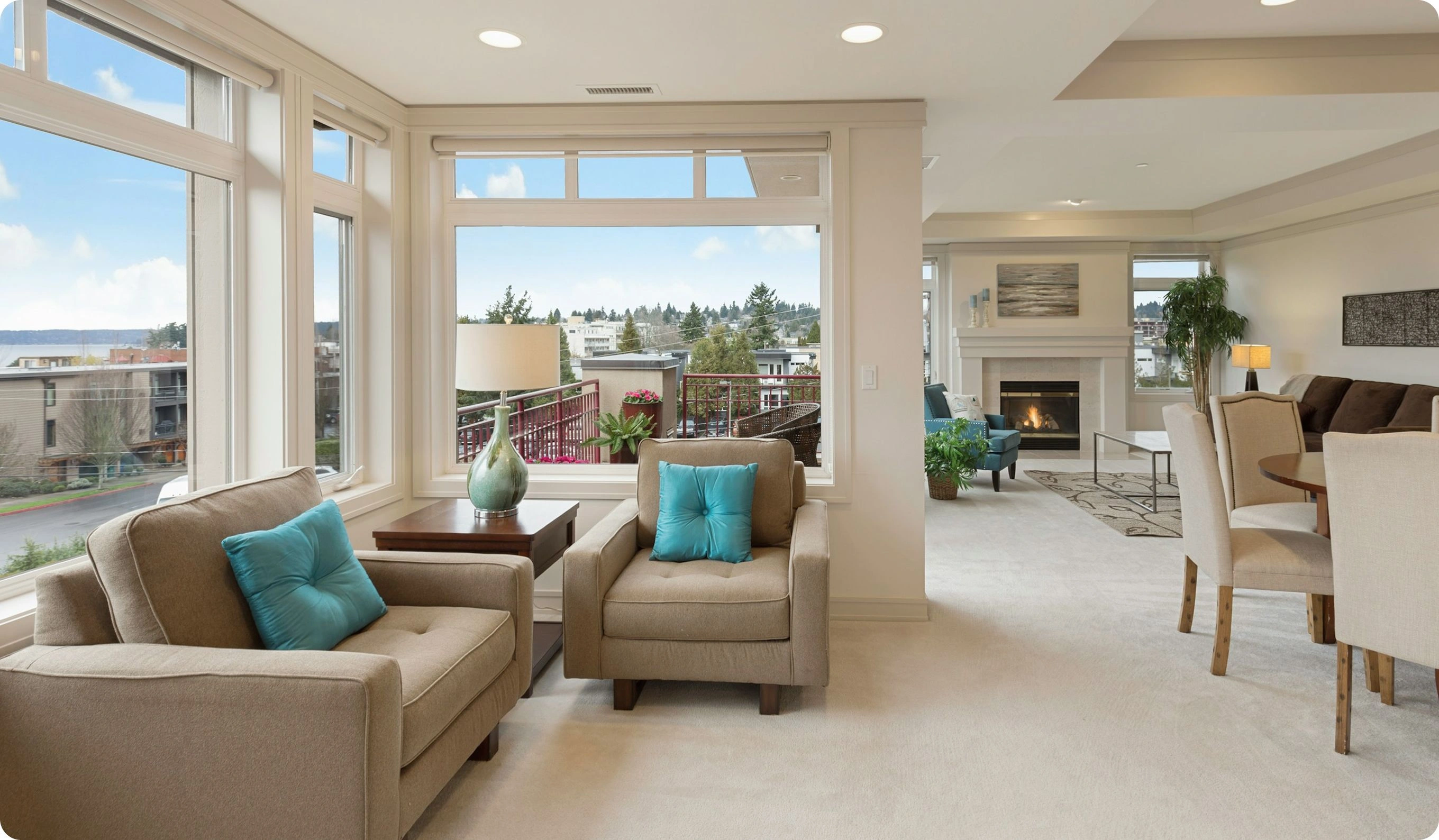
Useful articles
and recommendations from experts
Tourism in Philippines: A Complete Guide
The Philippines, an archipelago of over 7,600 islands scattered across the western Pacific, offers some of the most diverse and immersive tourism in Philippines experiences in Southeast Asia. From the powdery white sands of Boracay and the dramatic limestone karsts of El Nido to the ancient rice terraces of Ifugao and the bustling street markets of Manila, travel experiences in Philippines cater to beach lovers, cultural explorers, adventure seekers, and wellness travelers alike. With international gateways in Manila, Cebu, and Clark, inter-island flights on multiple carriers, and an expanding network of ferries and high-speed boats, how to visit Philippines has become more seamless and accessible. This comprehensive guide outlines the best tours in Philippines, practical logistics, insider tips, seasonal demand patterns, and curated recommendations to help you design a journey that captures the full spectrum of the country’s natural beauty, living heritage, and vibrant communities.
Why Philippines is attractive for travelers
The Philippines’ allure lies in its extraordinary blend of natural splendor and warm hospitality. Its coastline stretches over 36,000 kilometers, encompassing world-class beaches (El Nido, Coron, Boracay), hidden coves (Palaui Island), and pristine marine parks (Tubbataha Reefs Natural Park). Inland, the UNESCO-listed Banaue Rice Terraces—often described as the “Eighth Wonder of the World”—testify to ancient Ifugao ingenuity, while the Chocolate Hills of Bohol rise like earthen mounds across a forested plain. Each island group showcases distinct cultural traditions: Luzon’s northern Cordillera hosts the Igorot tribes with indigenous weaving and wood-carving arts; the Visayas resonate with Spanish-influenced architecture in old churches and vibrant fiestas such as Cebu’s Sinulog; Mindanao offers rich Maranao and Maguindanao heritage, including lagoon-shore palaces and intricate okir woodwork. Add to these culinary journeys through street-food stalls selling **halo-halo** and **lechon**, wellness retreats in volcanic springs, and eco-adventures in underground rivers, and it’s clear why tourism in Philippines remains a magnetic draw for globetrotters seeking both relaxation and cultural depth.
Main types of tourism in Philippines
The Philippines supports a wide gamut of tourism styles, each underpinned by dedicated infrastructure and local expertise:
Beach & Island Tourism: Extend your best tours in Philippines with beach hopping across Boracay’s station beaches, scuba diving at Apo Reef, and sunset cruises in the Bacuit Archipelago. Beach resorts range from overwater bungalows in Palawan to eco-lodge treehouses on Siargao.
Adventure & Eco-Tourism: Scale Mount Mayon’s symmetrical cone for sunrise panoramas, trek to the mystical **underground river** in Palawan’s Puerto Princesa Subterranean River National Park, canyoning in Cebu’s Kawasan Falls, and wildlife safaris on Olango Island’s bird sanctuary.
Cultural & Heritage Tourism: Join heritage trails in Vigan’s cobblestone streets and ancestral homes, wander Intramuros’ Spanish fortifications in Manila, marvel at Baroque churches like Miagao in Iloilo, and witness Ifugao rituals in Batad during rice-harvest time.
Wellness & Yoga Retreats: Rejuvenate in Maquinit Hot Springs on Coron, practice sunrise yoga overlooking Siargao’s Cloud 9 surf break, indulge in coconut-oil spa rituals on Bohol, and detox at Mindanao’s Lake Sebu eco-resorts.
Culinary & Culinary School Tourism: Savor **adobo**, **sinigang**, and **kinilaw** on guided food tours in Binondo (Manila’s Chinatown), join farm-to-table experiences in La Union’s coffee plantations, and learn Creole-Filipino fusion cooking in private kitchen workshops.
Festival & Event Tourism: Plan travel experiences in Philippines around colorful festivals—Panagbenga in Baguio (February), Ati-Atihan in Aklan (January), MassKara in Bacolod (October)—to immerse in street-dance competitions and vibrant parades.
Unique attractions and experiences
Beyond guidebook staples, the Philippines delivers unique travel experiences in Philippines that surprise even seasoned visitors. In Batanes, northernmost islands offer rolling hills, stone Ivatan cottages, and turquoise cliffs—accessible only by small boats that negotiate dramatic seas. Siquijor Island invites mystical folklore with fire-dancing healers and century-old balete trees. On Camiguin—“Island Born of Fire”—travelers bathe in hot springs cascading from Mount Vulcan and snorkel at sunken cemetery crosses. The Calamian Islands reveal hidden lagoons such as Barracuda Lake, where thermoclines create surreal swim environments. In Manila, don’t miss the vibrant street-art tours in Bonifacio Global City or the off-beat **intramuros bike night** guided under heritage lamps. And for true off-grid immersion, paddle the rapids of Cagayan River in Isabela Province or camp beneath the starry skies of Mount Pulag. Each of these best tours in Philippines promises unforgettable, story-worthy moments.
Practical tips for travelers
Maximize how to visit Philippines smoothly with these insider tips: Visas & Entry: Many nationalities enjoy visa-free entry for 30 days; e-Visas extend stays up to 59 days. Transport: Major carriers (Cebu Pacific, Philippine Airlines, AirAsia) link Manila with Palawan, Cebu, Davao, and Clark; high-speed ferries connect key islands—book early in high season. Currency & Payments: The Philippine peso (PHP) is standard; ATMs are plentiful in cities, but remote islands often operate cash-only—withdraw ahead. Health & Safety: Tap water is not potable—use bottled water. Beware of strong currents at beaches; follow lifeguard flags. Language & Etiquette: English is widely spoken; learning a few Filipino phrases—“Salamat” (thank you), “Mabuhay” (welcome)—builds rapport. Motorbike helmet use is mandatory; ensure your accommodation provides secure parking. Connectivity: Purchase a local SIM (Globe, Smart) for reliable data. Following these guidelines ensures respectful, hassle-free travel experiences in Philippines.
Seasonal demand and visitor flows
The Philippines’ tropical climate and festival calendar shape optimal travel windows. Dry Season (November–April): Offers clear skies, calm seas, and peak beach tourism—hotel rates rise by 20–30% in Boracay, Palawan, and Bohol; book two to three months ahead, especially December–February. Shoulder Seasons (May–June, September–October): Occasional showers cool the heat, crowds thin, and rates drop; ideal for cultural trips in Vigan and Manila. Wet Season (July–August): High rainfall and typhoon risk can disrupt marine tours—unless you target high-elevation destinations like Mount Pulag and Banaue Rice Terraces, which glow emerald in rain-fed mists. Festival Peaks: Plan around Panagbenga (February), Sinulog (January), and Pahiyas (May) for immersive street-dance spectacles. Aligning your visit with these seasonal patterns and best tours in Philippines ensures optimal weather, value, and cultural richness.
Travel planning recommendations
Craft a seamless Philippine itinerary with these recommendations:
- Days 1–2 (Manila & Laguna): Explore Intramuros, Rizal Park, and Binondo food crawl; day-trip to Pagsanjan Falls or Tagaytay for Taal Volcano views.
- Days 3–5 (Palawan): Fly to Puerto Princesa—underground river tour; island-hop El Nido’s Bacuit Archipelago; sunset kayak in Cadlao Lagoon.
- Days 6–8 (Cebu & Bohol): Ferry to Cebu—swim with whale sharks in Oslob; ferry to Bohol for Chocolate Hills, Tarsier Sanctuary, and Loboc River cruise.
- Days 9–10 (Cordilleras): Fly to Manila, drive to Banaue; hike the rice-terrace rim trails in Batad; overnight in homestay and learn Ifugao weaving.
- Optional extension: Surf Siargao’s Cloud 9, dive Tubbataha Reef, or unwind in Boracay’s beachfront bungalows.
Reserve flights and island-hopping tours at least three months in advance for peak months (December–February). Book homestays and festival-period accommodations four to six months ahead. Download offline maps (Maps.me) and ride-hail apps (Grab). Pack lightweight, quick-dry fabrics for beach days, sturdy boots for rice-terrace treks, reef-safe sunscreen, and a light rain jacket. Secure comprehensive travel insurance covering scuba, trekking, and adventure sports. By following these strategies on how to visit Philippines, you’ll unlock the nation’s most engaging travel experiences in Philippines, ensuring a seamless, enriching, and deeply memorable archipelagic odyssey.
